Dame's Rocket
Information
Hesperis matronalis - Brassicaceae Family - Perennial
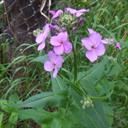
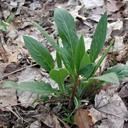
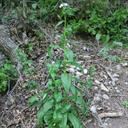
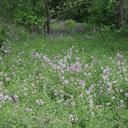
Identification
- Flowers: Flowers have 4 petals arranged in a cross pattern. They are ¾ to 1” in diameter, range in color from purple to pink to white, and are very aromatic.
- Seeds: Fruits are many seeded, long and narrow. Seeds are small (3-4 mm long), angular, grooved and dark reddish-brown.
- Leaves: Leaves are pointed and lance-shaped, 2-6 inches long, wider at the base, and attached alternately along the stem.
- Flowering Time: Mid-May through June.
- Life cycle: Produces a basal rosette the first year and flowers the following year. Plants bloom and produce large quantities of seed from May through July. Individual plants are able to produce both flowers and seeds at the same time.
Impacts
- Its ability to produce large numbers of seeds allows Dame’s Rocket to spread very quickly through an area.
- Dame’s Rocket has no natural predators in North America and is therefore able to outcompete many native plants.
- Tends to form thick monocultures and can starve an area for resources, reducing local biodiversity.
Control
Most effective control methods
- Small infestations of Dame’s Rocket can be effectively controlled by hand pulling before the seed pods form. To limit spread, pulled plants should be burned or disposed of in the trash.
- Dame’s Rocket can be easily controlled with several herbicides including Glyphosate (Roundup). However, these herbicides are nonselective. To avoid damage to surrounding plants, they should be applied in late fall or early spring.
- There are currently no biocontrol agents available for Dame’s Rocket in the US.
Large Images
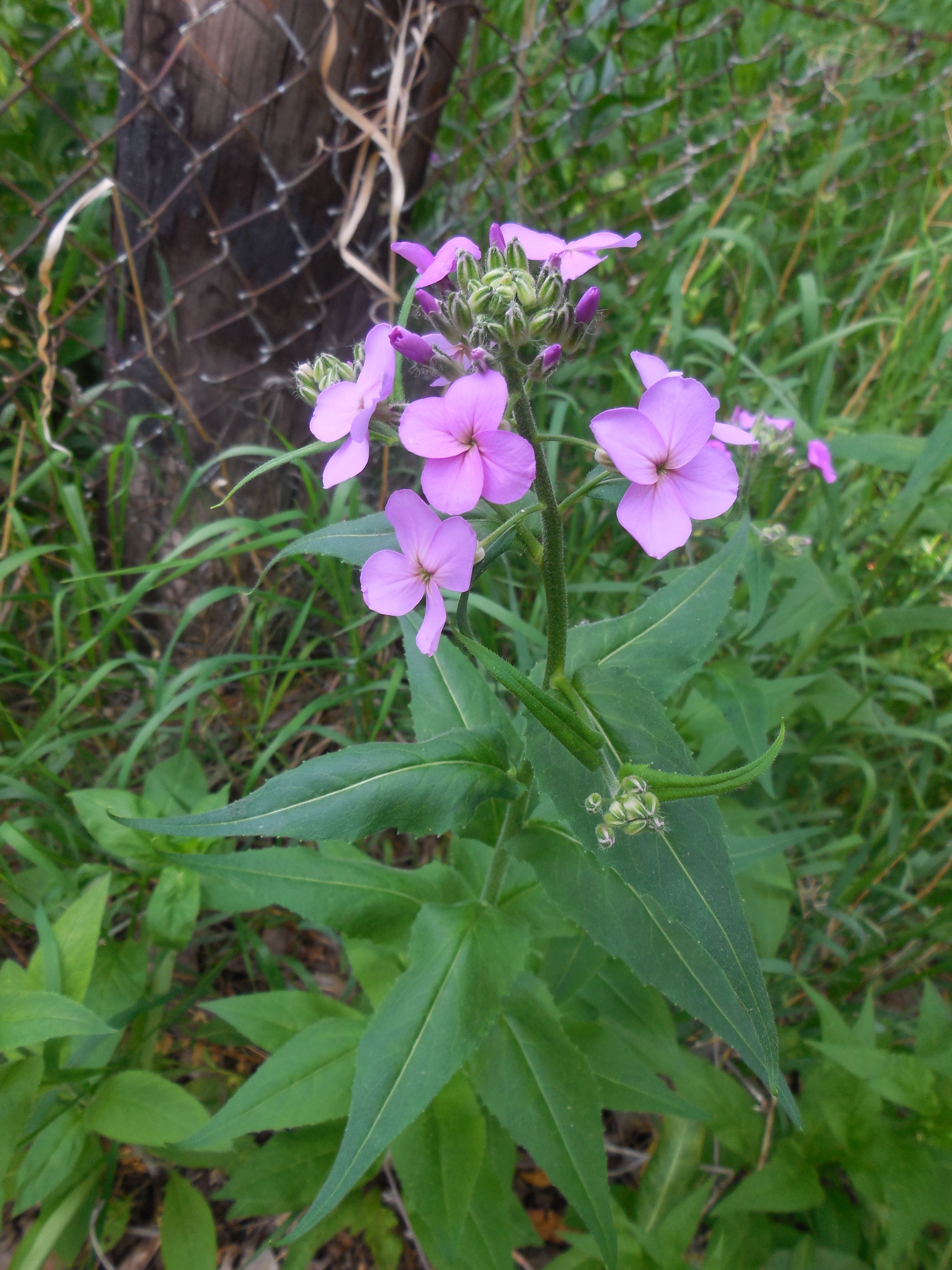
Dame's rocket: flowers
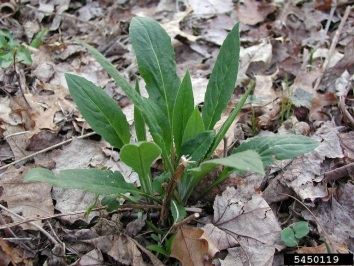
Dame's rocket: seedling
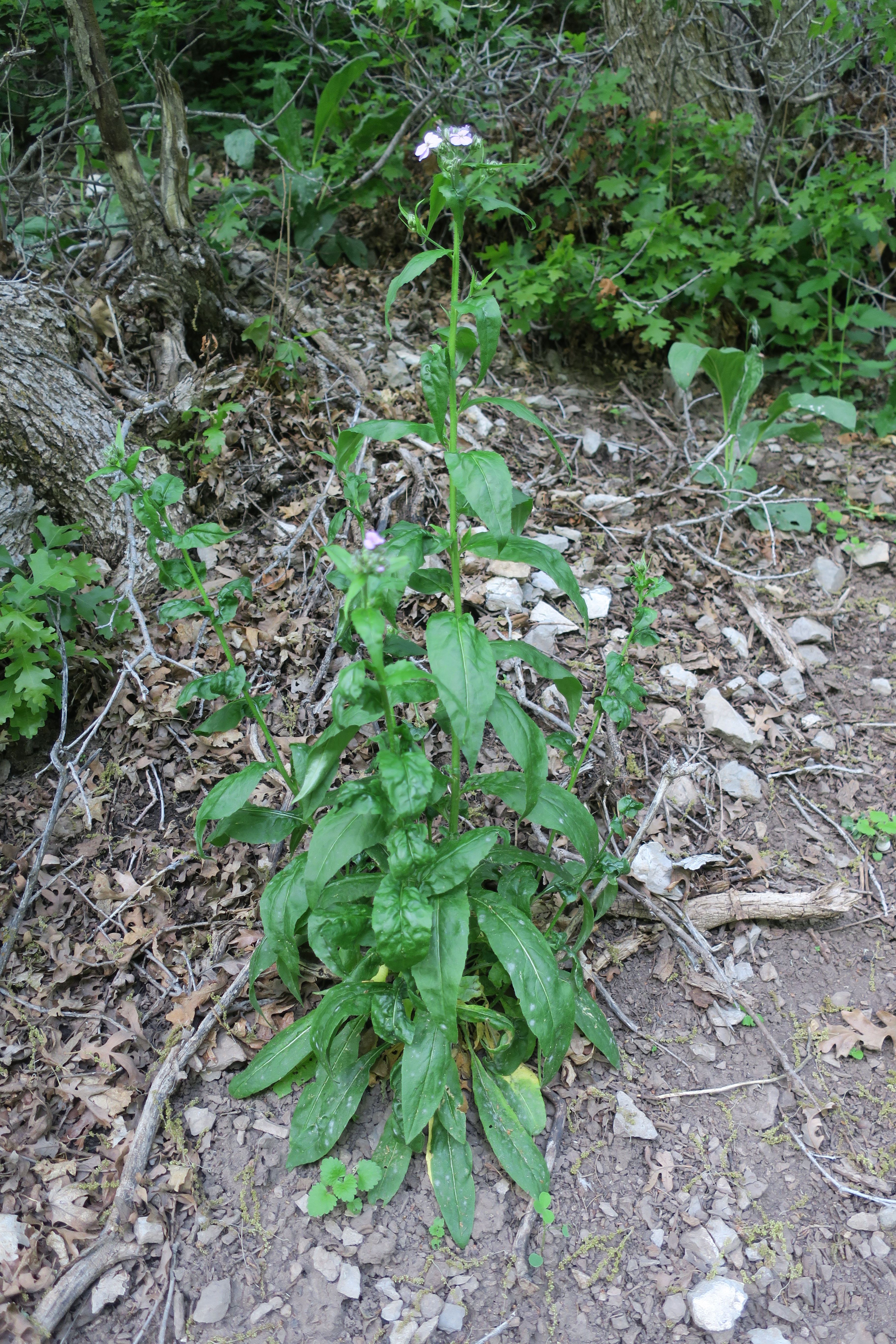
Dame's rocket: plant
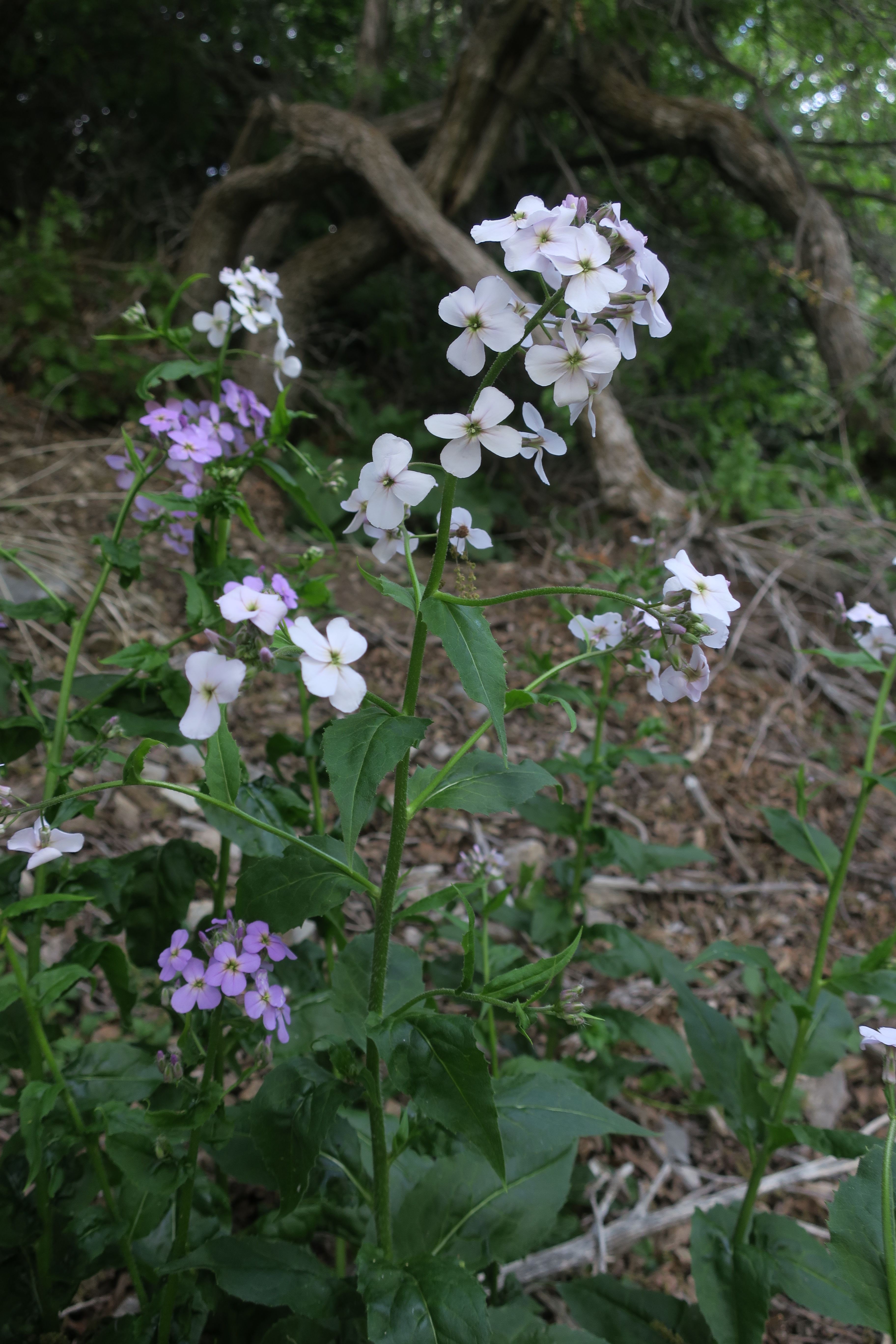
Dame's rocket: flowers can range from white to purple in color
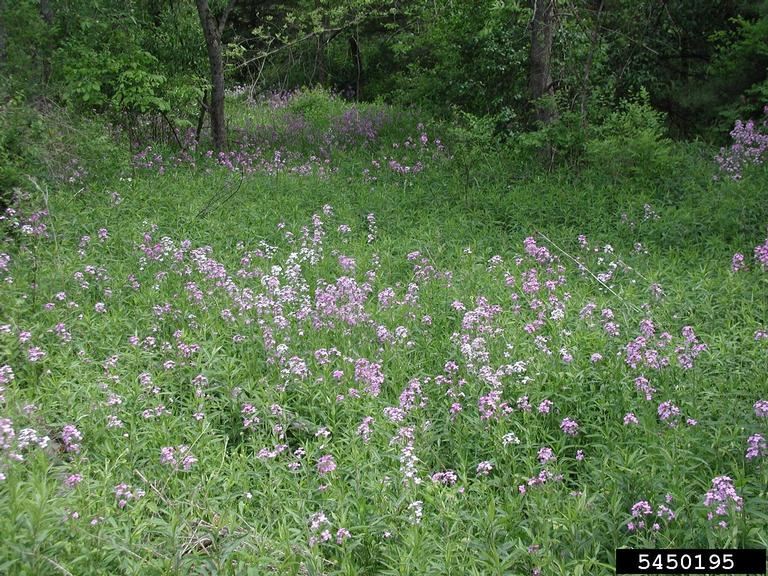
Dame's rocket: infestation
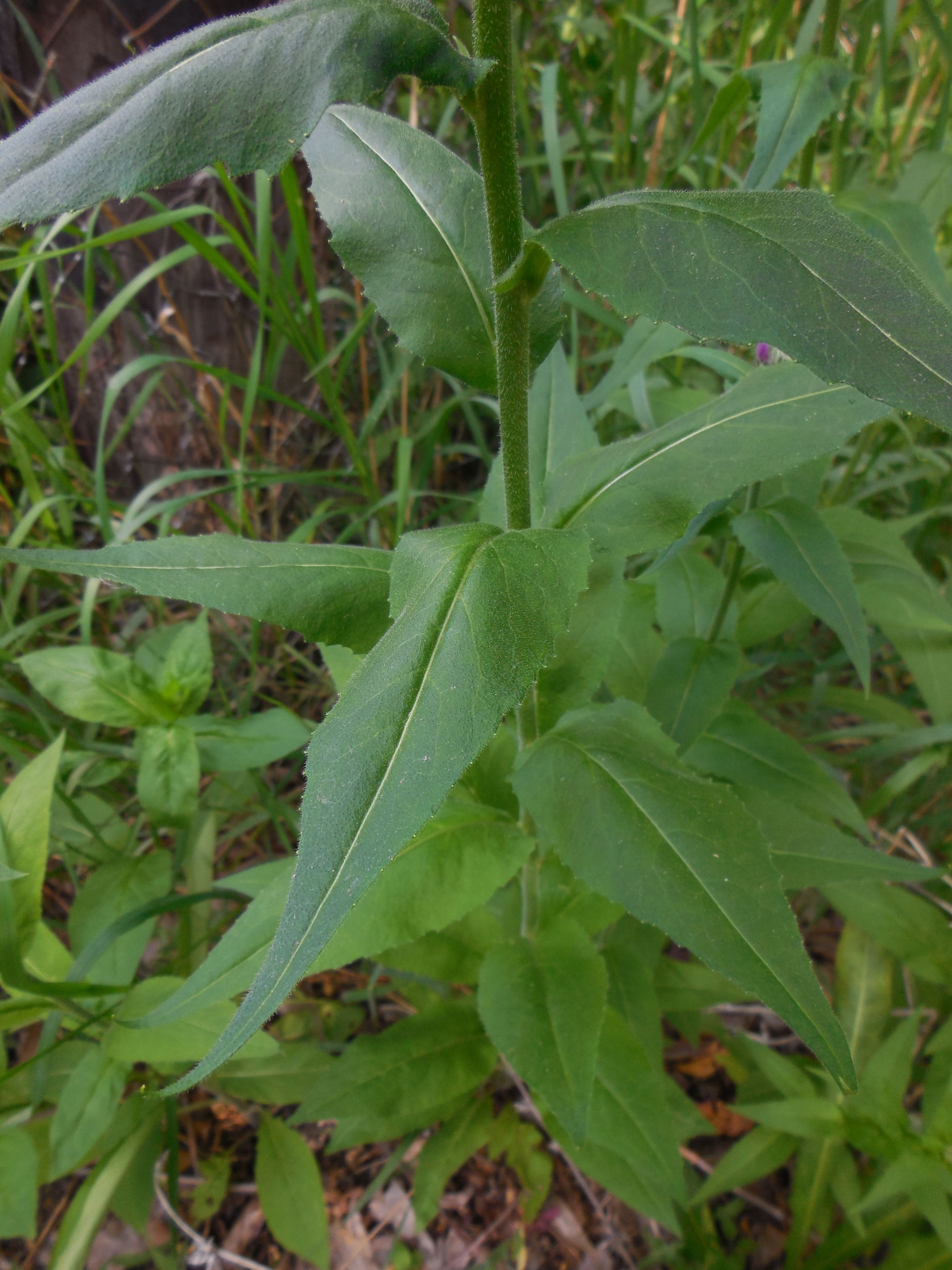
Dame's rocket: foliage
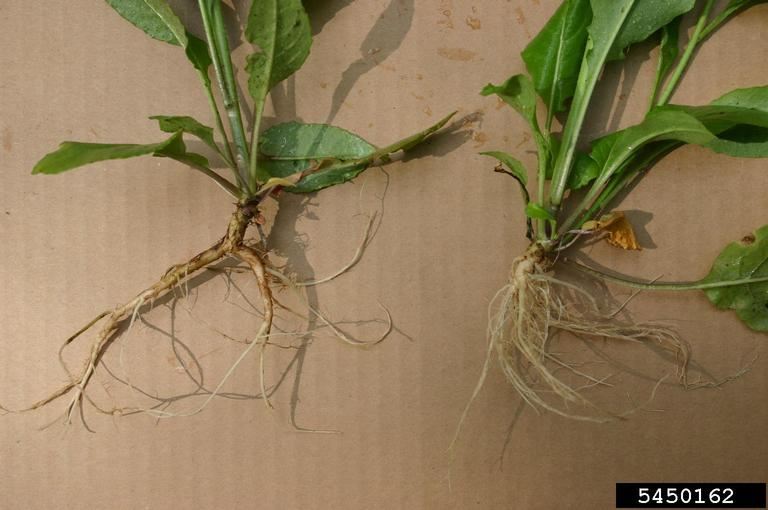
Dame's rocket: roots
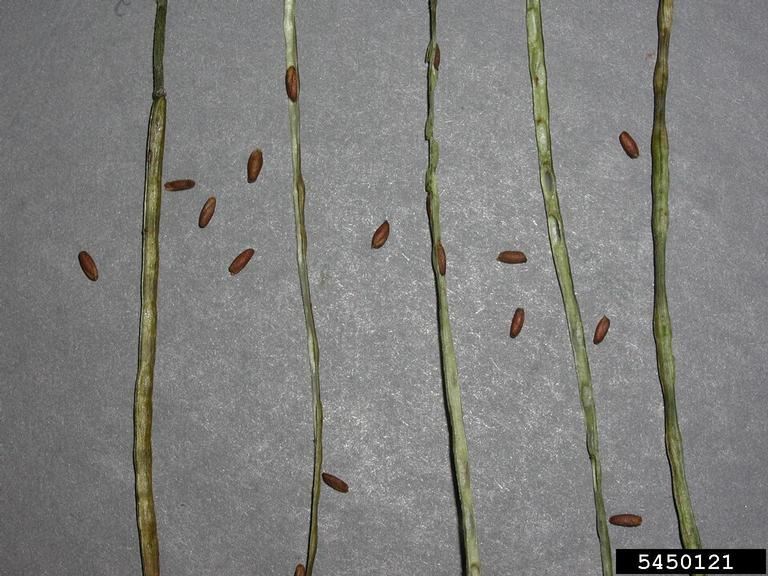
Dame's rocket: seeds and pods
Resources
-
References
Applied Ecological Services. (2016, February 17). Dame’s rocket. Retrieved from http://www.appliedeco.com/dames-rocket/
DiTomaso, J.M., G.B. Kyser et al. (2013). Weed Control in Natural Areas in the Western United States [PDF file]. Weed Research and Information Center, University of California. Retrieved from http://wric.ucdavis.edu/information/natural-areas/wr_H/Hesperis.pdf View PDF
Hassler, F. (2015, June 15). Dame’s rocket (hesperis matronalis) [PDF file]. Retrieved from http://goodoak.com/info/weeds/damesrocket.pdf View PDF
Menalled, U. (2016, July). Dame’s rocket (hesperis matronalis) [PDF file]. Retrieved from http://msuinvasiveplants.org/documents/extension/weed_posts/2016/July-Weed-Post_dames-rocket.pdf View PDF
Panke, B. & Renz, M. (2012, January 10). Management of invasive plants in Wisconsin: Dame’s rocket [PDF file]. Retrieved from http://learningstore.uwex.edu/Assets/pdfs/A3924-06.pdf View PDF
Tennessee Invasive Plant Council. (2018). Hesperis matronalis L. Retrieved from http://tnipc.org/invasive-plants/plant-details/?id=75
University of Wisconsin Lakeshore Nature Preserve. (2015, May). Invasive plant control handbook [PDF file]. Retrieved from http://www.bussvc.wisc.edu/purch/VendorInfo/Bids/155900InvasivePlantControlHandbook-contractors.pdf View PDF




